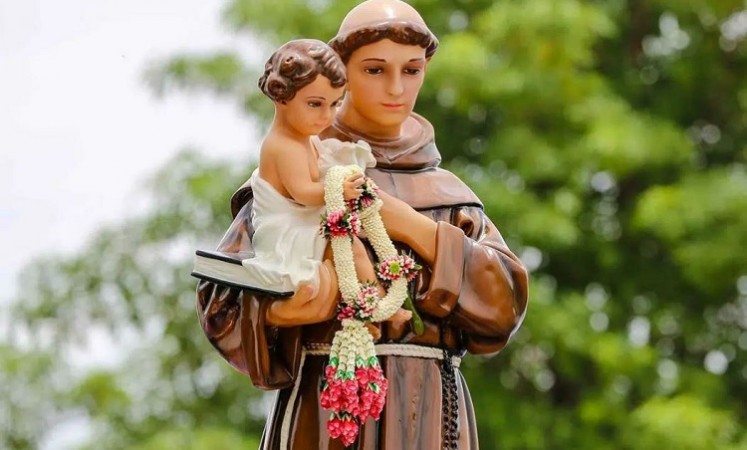
The Feast of St. Anthony, also known as the Feast of St. Anthony of Padua, is a vibrant and significant religious celebration observed by Catholics worldwide. This annual event, held on June 13th, honors the life and miracles of St. Anthony, a beloved saint revered for his powerful intercession and patronage over various causes. This article explores the rich history, traditions, and customs associated with the Feast of St. Anthony.
A Brief History: St. Anthony of Padua, born Fernando Martins de Bulhões in Lisbon, Portugal, in the 12th century, devoted his life to God and the service of others. He gained prominence as a preacher, healer, and miracle-worker, earning him the title "Wonder-Worker." St. Anthony's unwavering commitment to the poor, his deep devotion to the Scriptures, and his ability to convert countless souls endeared him to people across the globe.
The Feast of St. Anthony has its roots in the Italian city of Padua, where the saint spent the final years of his life and died on June 13th, 1231. Shortly after his death, devotees began commemorating his life and works on this day, initially as a local celebration. Over time, the feast gained widespread popularity, spreading to various countries and becoming an occasion of great significance for millions of faithful followers.
Celebrations and Traditions: The Catholic society, Indore, Madhya pradesh is all set to celebrate the feast day of Saint Anthony on June 13. A march will be taken out from Indore to Mhow at 5:30 am starting from Red Church. St Anthony church is situated in Mhow, where all the devotees from Indore, Dewas, Ujjain, and other districts from the state will visit to celebrate the occasion.
Special Masses: Churches dedicated to St. Anthony celebrate special Masses on his feast day. These services focus on St. Anthony's life, teachings, and the miracles attributed to his intercession. It is common for devotees to attend these Masses, seeking blessings, and praying for their intentions.
One of the highlights of the Feast of St. Anthony is the vibrant processions held in numerous cities and towns. Participants, often dressed in traditional attire, carry statues or relics of St. Anthony through the streets, accompanied by music, prayers, and hymns. This solemn and joyous event brings communities together in a shared expression of faith.
St. Anthony is famously known as the patron saint of lost items. A cherished tradition during his feast involves the blessing of bread, which is then distributed to the faithful. This blessed bread, called "St. Anthony's Bread," is believed to possess special spiritual significance and is often consumed or kept as a sacramental.
Inspired by St. Anthony's compassion for the poor, many devotees use the feast day as an opportunity to practice acts of charity and almsgiving. Donations are made to help the needy, reflecting the saint's dedication to serving the less fortunate.
The Feast of St. Anthony serves as a reminder of the countless miracles attributed to the saint's intercession. Devotees often share stories of answered prayers, healings, and remarkable interventions, fostering a sense of hope and inspiration within the community.
The Feast of St. Anthony holds immense spiritual and cultural significance, as it provides an occasion for Catholics to honor and seek the intercession of this beloved saint. Through processions, Masses, bread blessings, and acts of charity, devotees express their devotion and gratitude while celebrating St. Anthony's life and his impact on the world. This annual celebration continues to unite communities, strengthen faith, and inspire individuals to follow the example of St. Anthony, embracing compassion, and selfless service to others.